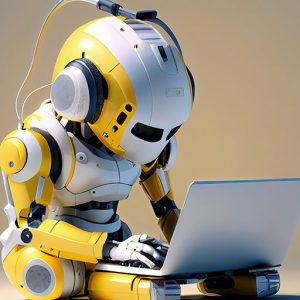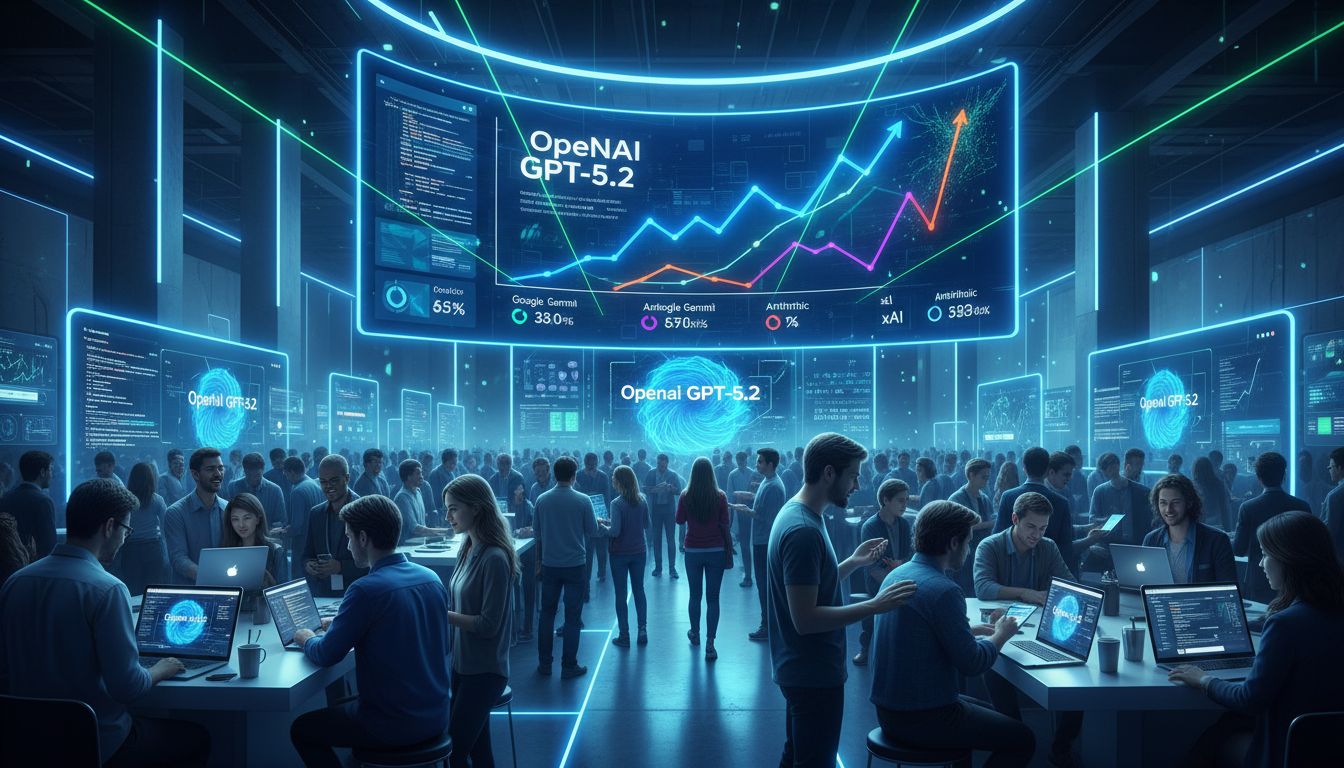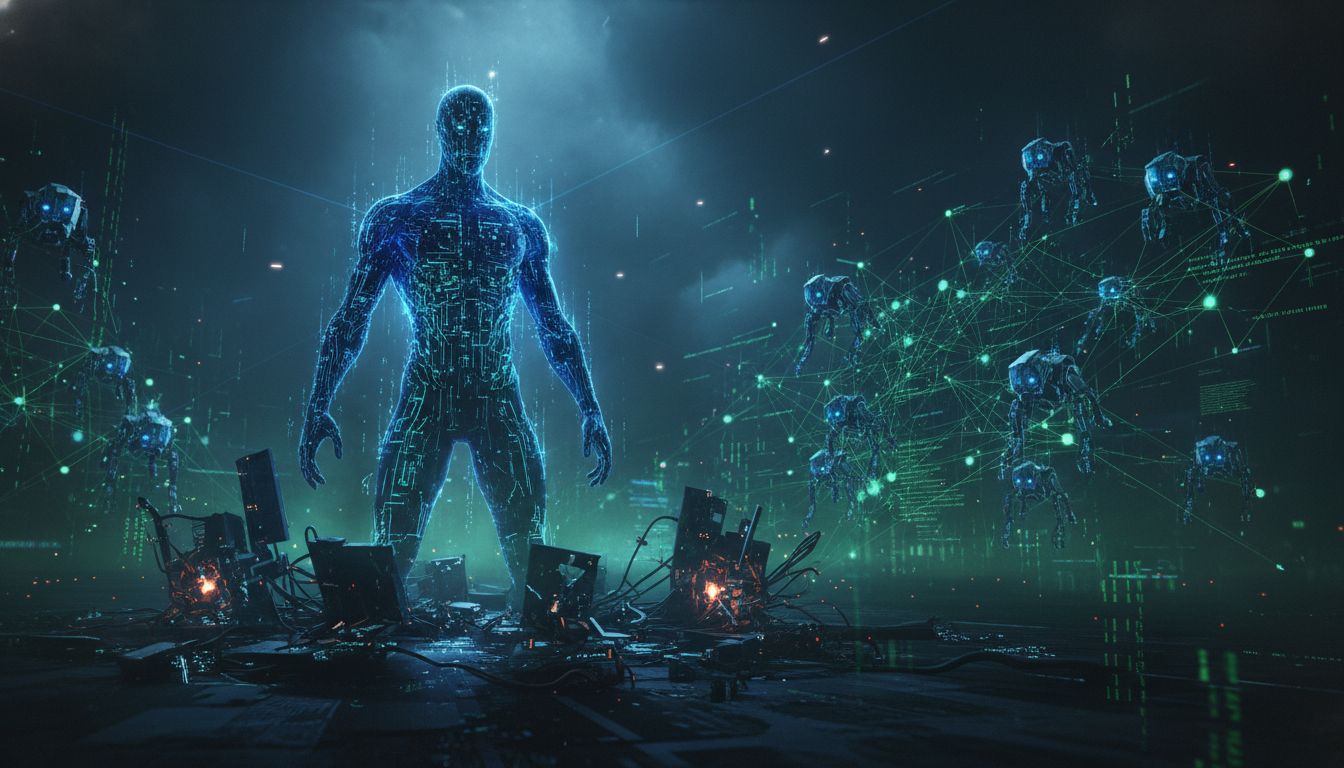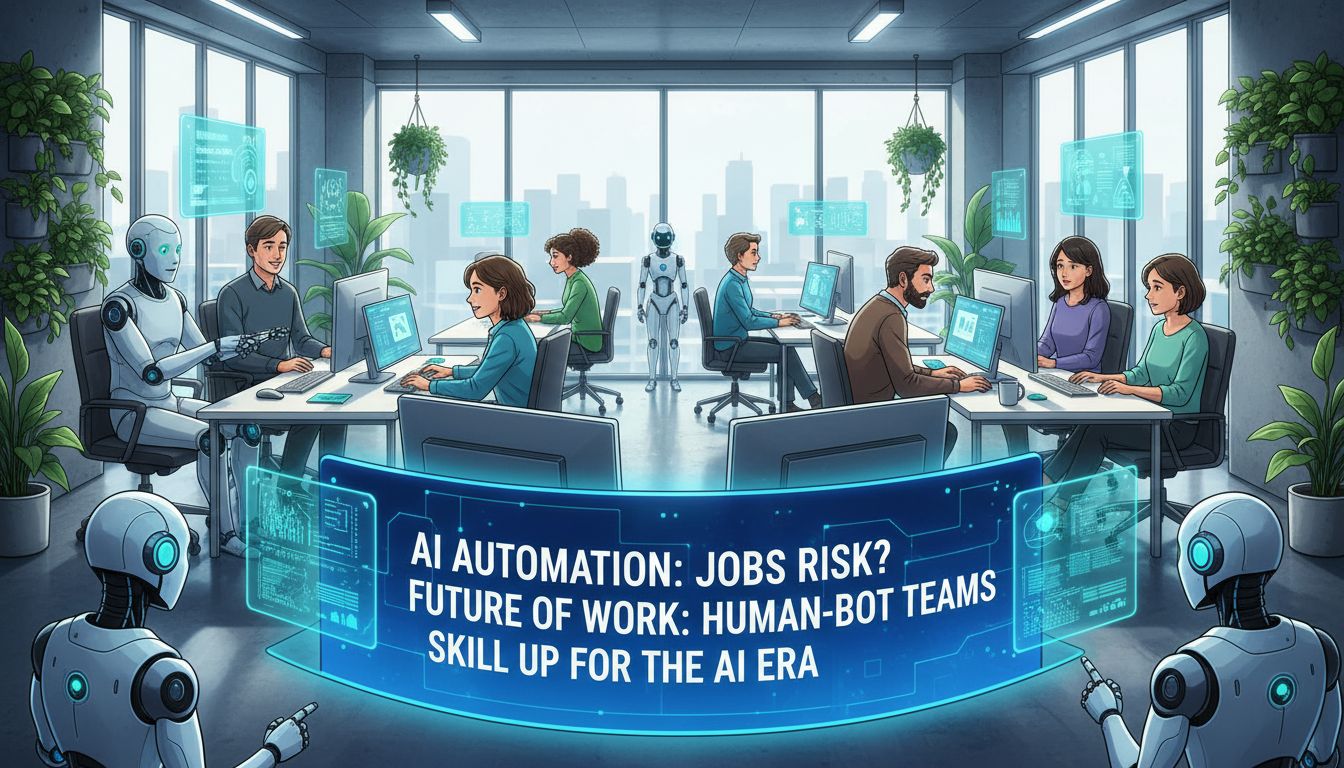The world is changing rapidly. We see it every day. But one of the most significant shifts is happening quietly, in research labs and tech startups. This is the rise of embodied AI robots, poised to revolutionize industries and redefine our relationship with technology.
For years, AI primarily existed as algorithms. However, embodied AI robots represent a major leap forward. They take artificial intelligence from the digital world and place it firmly in our physical reality. These robots don’t just think; they interact with their surroundings using robotic manipulation. They use computer vision to learn from those interactions. Ultimately, they adapt to solve problems and perform complex tasks within their physical environment.
Table of Contents:
- What Makes Embodied AI Robots Different
- The Future is Collaborative: How Embodied AI Robots Will Work Alongside Humans
- Conclusion
What Makes Embodied AI Robots Different
What makes embodied AI robots stand out is their capacity for learning. Classical robotics relies on strict programming. Imagine a line of factory robots, each one programmed to repeat a specific action over and over. This automation is inherently limited. While efficient for repetitive tasks, it struggles with anything more.
Embodied AI robots, are designed to be more like humans in how they learn. Using deep learning techniques like reinforcement learning, they learn by interacting with their environments. For example, a robot tasked with sorting objects might start by making mistakes. With each error, it learns and adjusts its approach through a feedback loop until it can accurately distinguish and sort various objects. This process mirrors how a human worker would learn on the job.
The Challenges of Bringing Embodied AI Robots to Life
Developing this level of sophisticated AI isn’t easy. It presents challenges. One of the biggest hurdles is the sheer volume of data these robots need to function in the real world. Think about all the things you perceive and process unconsciously when performing a simple task, like picking up a cup of coffee.
An embodied AI robot needs to learn and interpret a huge amount of sensory data. To successfully navigate everyday situations, they need awareness of spatial reasoning, object recognition, force, texture, and more. Generating data for all of these use cases is a significant challenge.
Another hurdle is the need for specialized simulation environments. Before interacting with the real world, an AI robot spends countless hours in highly realistic simulations. They need to experience performing tasks, recovering from errors, and adapting to changes. These simulations act like high-tech training grounds. The robot can hone its skills in a safe and controlled setting before being deployed in a dynamic, real-world environment.
The Future is Collaborative: How Embodied AI Robots Will Work Alongside Humans
One of the biggest concerns people have when they hear about advances in robotics is the potential for job displacement. AI and automation will undoubtedly reshape the workplace. However, many experts believe the future isn’t about robots replacing humans. They believe it’s about robots working alongside humans.
Imagine a team of human workers collaborating with a fleet of embodied AI robots in a factory setting. The robots handle the repetitive, physically demanding tasks like heavy lifting and precision assembly, addressing labor shortages. Meanwhile, the human workers oversee operations, manage complex problem-solving, and fine-tune the robots’ performance. This kind of collaboration has the potential to optimize efficiency while creating a safer, more fulfilling work environment for humans.
Conclusion
Embodied AI robots represent an exciting, albeit somewhat uncharted, frontier in the world of technology. As AI learns to interact with the real world, it will revolutionize many industries. They’re complex systems requiring immense computing power, sophisticated algorithms, and innovative approaches to learning. They will use things like large language models to better understand the world around them.
While many challenges remain in fully realizing their potential, the benefits they offer across a multitude of industries are significant. These machines hold the potential to reshape the future of work, drive innovation across various sectors, and unlock new possibilities. The story of embodied AI robots is only just beginning, and it’s a narrative that’s poised to capture imaginations and shape the world around us for decades to come.






